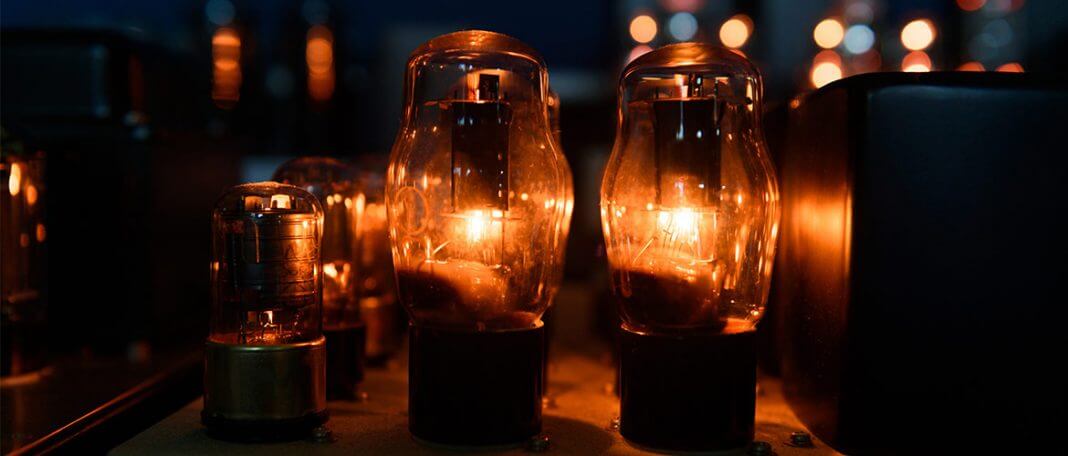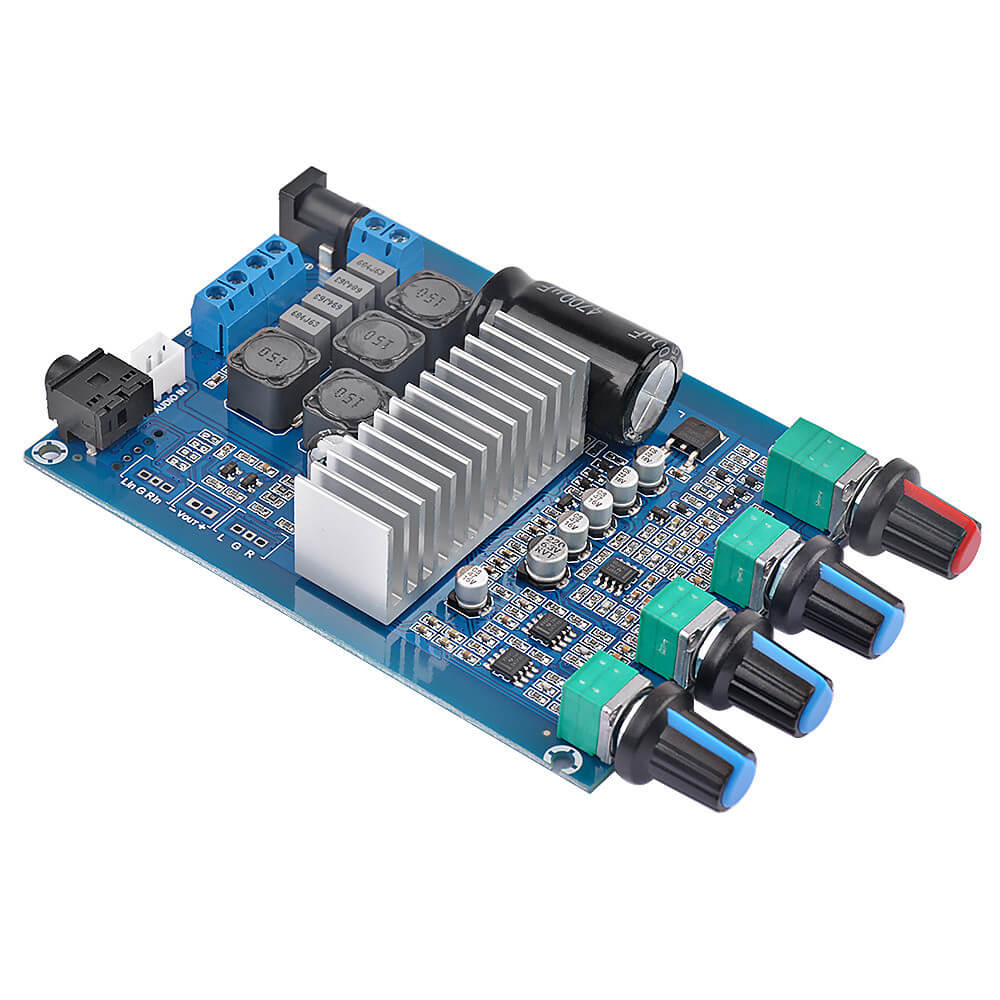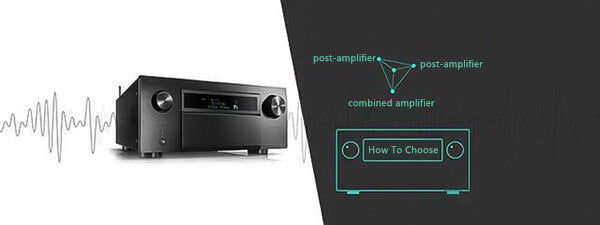Tube Amplifier
Prior to the 1960s, various audio equipment using electronic tube devices had dominated the audio field, and amplifiers were no exception. The late 1960s, especially the 1970s, were arguably the most unfortunate years of electronic tubes. Due to its own shortcomings (large volume, high power consumption, etc.), it has gradually become a state of elimination. In the late 1970s, electronic tubes began to become active again in the world. In the 1980s, tube amplifiers became more and more popular. Especially after the invention of the high-quality audio source CD player, with the progress of restricting the output transformer technology of the tube amplifier, the tube amplifier can "neutralize" the rigid "digital sound" of the CD player, and the position of the tube amplifier is improving. In addition, the elderly enthusiasts have experienced its beautiful sound, and its comeback was first welcomed by these people. Globally, tube amplifiers are sometimes even a status symbol.
The comparison of solid amplifier and tube amplifier
Working characteristics circuit structure
Solid amplifiers work under low voltage and high current. The working voltage of the power amplifier stage is within tens of volts, and the current reaches several amps or tens of amps. The circuit design mostly uses direct-coupled (OCL, BTL, etc.) non-output transformer circuits. The output power can be made very large, up to hundreds of watts, and the electrical performance is very high.
The tube amplifier works under high voltage and low current. The screen voltage of the final power amplifier tube can reach 400-500V or even thousands of volts, and the current flowing through the electron tube is only tens of milliamps to hundreds of milliamps. The input dynamic range is large, and the conversion rate is fast.
Most of the tube amplifiers use discrete components, manual wiring, and welding, which have low efficiency and high cost. Most of the crystal amplifiers use a combination of transistors and integrated circuits, widely used printed circuit boards, high efficiency, stable welding quality, and high electrical performance indicators.

Power reserve and anti-overload capability
The dynamic range of the high-fidelity amplifier should be 120dB, so as to meet the needs of the sound from the slight to the peak, the output of the amplifier is not clipped, so the amplifier must have sufficient power reserve. If the dynamic range of audio voltage is 3: 1, the power dynamic range is 9: 1 because the power is proportional to the square of the voltage. In other words, the power amplifier with a power of 90W can only be turned on to 10W to achieve high-fidelity playback. Therefore, the solid amplifier needs to have a large power reserve, so that there will be no overload distortion. Once the ground is loaded, the distortion will almost rise in a vertical line, which can damage the transistor in severe cases. Tube amplifiers are much more resistant to overload than solid amplifiers. In the event of an overload, the peak of its music signal only becomes slippery than the normal waveform, and the sound cannot be deteriorated to any extent. For solid amplifiers, clipping will occur at this time, and the sound quality will obviously deteriorate.
Open-loop indicators and transient characteristics
The open-loop index of the tube power amplifier is better than that of the transistor. It does not need to add deep negative feedback and can work stably without adding phase compensation capacitors, so its dynamic index is better than the transistor power amplifier. The amount of open-loop gain (the amount of gain before negative feedback is added) of a solid amplifier is often very large. Its excellent electroacoustic index is achieved by adding a large amount of negative feedback. In order to suppress parasitic oscillations, the solid amplifier Lag compensation is often used, which brings obvious transient intermodulation distortion, which seriously affects the sound quality.

Efficiency, life and cost
Tube amplifiers do not have advantages over solid amplifiers in terms of weight, efficiency, and lifetime. The service life of the electronic tube is low, and some technical indicators have dropped significantly after one or two thousand hours of use. The lifetime of solid and integrated circuits is much longer. In addition, the tube amplifier consumes high power and often works in the Class A state, which reduces the efficiency, but there is no harmful sound quality factors such as transient intermodulation distortion, switching distortion and crossover distortion. In terms of cost, for amplifiers of the same grade, the tube power amplifier is generally significantly higher than the solid power amplifier. The main reason is that the cost of the electron tube and output transformer is high, and the production process of the tube power amplifier is not easy to automate and the production efficiency is low. This is particularly evident in developed countries.
Matching of amplifier and speaker
solid amplifier output internal cathode is often much smaller than the tube amplifier, its damping coefficient fd is very large, can reach 100-200, and the maximum fd of the tube amplifier is 10-20. Therefore, different types of amplifiers should be used with different speakers. The speaker should be marked with fd when leaving the factory, so that people can choose. If a speaker suitable for the damping coefficient of the tube power amplifier is connected to the solid amplifier, the speaker's electric cathode is too large, the transient response will be deteriorated, and the sound quality will be significantly reduced. Conversely, if a speaker with a high damping coefficient is connected to the tube power amplifier, the sound quality will not be good due to under damping. In short, the damping coefficient must be appropriate, that is, the amplifier and the speaker must be reasonably matched.
Sound quality
For various reasons mentioned above and not mentioned, the sound quality of the tube power amplifier is obviously better than that of the transistor power amplifier. Transistor power amplifier sounds more high-frequency and mid-high frequency, but low frequency feels less. Transistor power amplifier sounds harder, especially the low-frequency sound is not soft enough, and the high-frequency sound is sharp and dry. There is crossover distortion. These phenomena become more pronounced when the frequency is increased and the volume is loud. However, the dynamics of solid amplifiers are large and fast, which is especially suitable for expressing more dynamic music. As for performance, guns and lightning sounds are of course better than tube amplifiers.
The sound quality of the tube amplifier is soft and beautiful overall. Specifically, the low frequency sound of the tube amplifier is soft and clear, and the high frequency sound is fine and clean. Expressing human voice is its strength, and therefore more valuable.

Purchase considerations
Since the tube amplifier can share the world with the solid amplifier, then it must have advantages. The new technology used in the solid amplifier seems to be significantly better than the tube. So far, solid amplifiers still have a clear advantage in the audio field, and because of their own shortcomings, they are trying to reduce and avoid these shortcomings. For example, more and more applications of various field effect tubes, and the rapid increase of Class A amplification forms are all effective measures to fight against tube amplifiers.
At the same time, the tube amplifier is not far behind. In addition to winning with sound quality, it often attracts customers with the bare silver light of stainless steel. Under weak lighting, the tube emits a bunch of orange-red light which can add a lot of warm atmosphere. .
In short, tube power amplifiers and transistor power amplifiers have their own advantages and disadvantages. You can’t simply say who is better and who is not. Subjectively speaking, due to differences in personal experience, literacy, taste, etc., I often prefer some amplifiers. In a word, it is better to take what you need. If you like orchestral music, especially chamber music and vocals, then you should make the tube amplifier as the first choice. If you particularly like jazz, rock and modern music, choose the solid amplifier and don’t doubt it; Transmitting the sound and light scenes that shock the body and mind, I am afraid that the solid amplifier is also indispensable. The disadvantage of the amplifier is that the whole machine is very hot (all cattle are hot) before the sound is the best. It's not difficult to make a stone machine smell.
Focus on Audio




Leave a comment
This site is protected by hCaptcha and the hCaptcha Privacy Policy and Terms of Service apply.